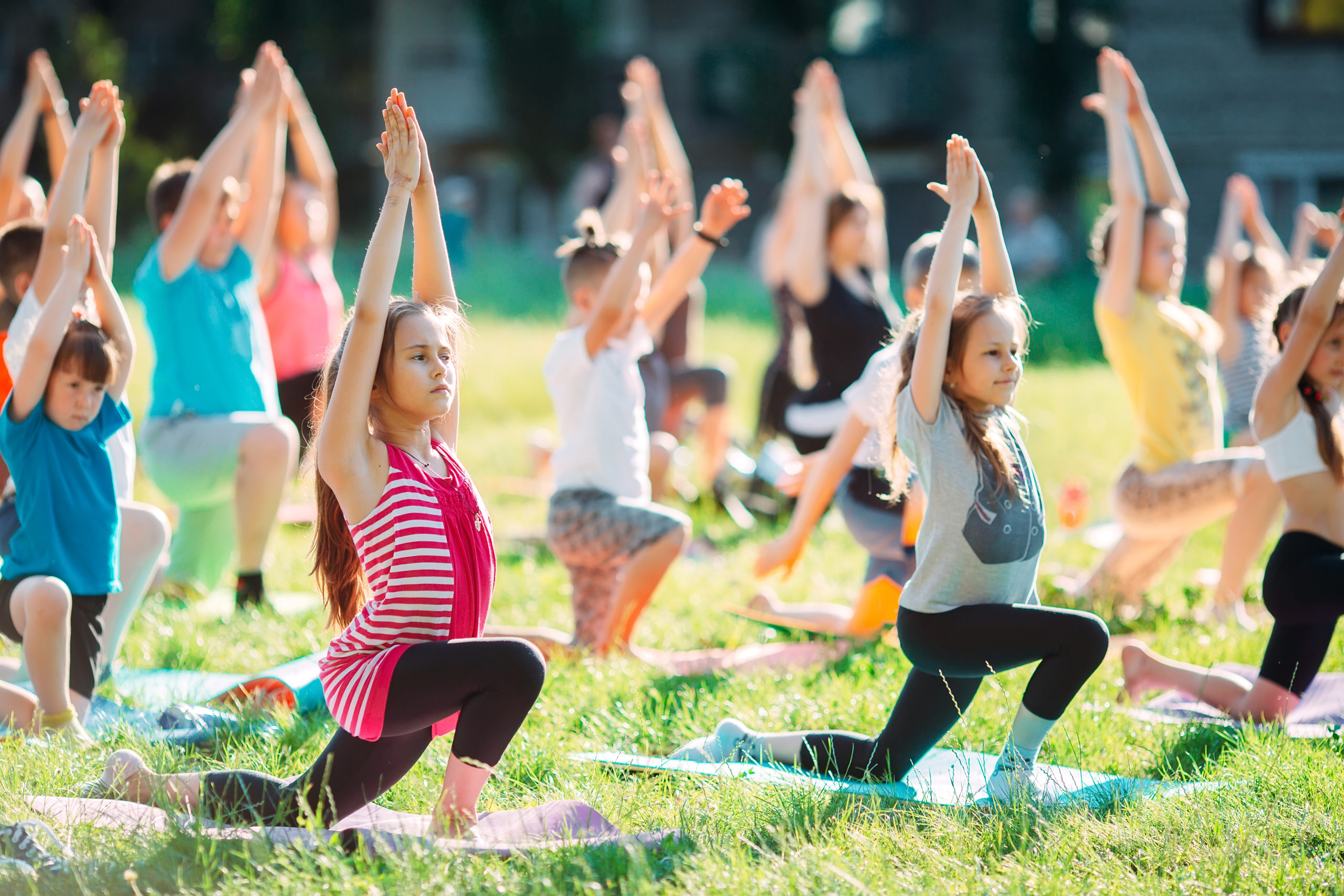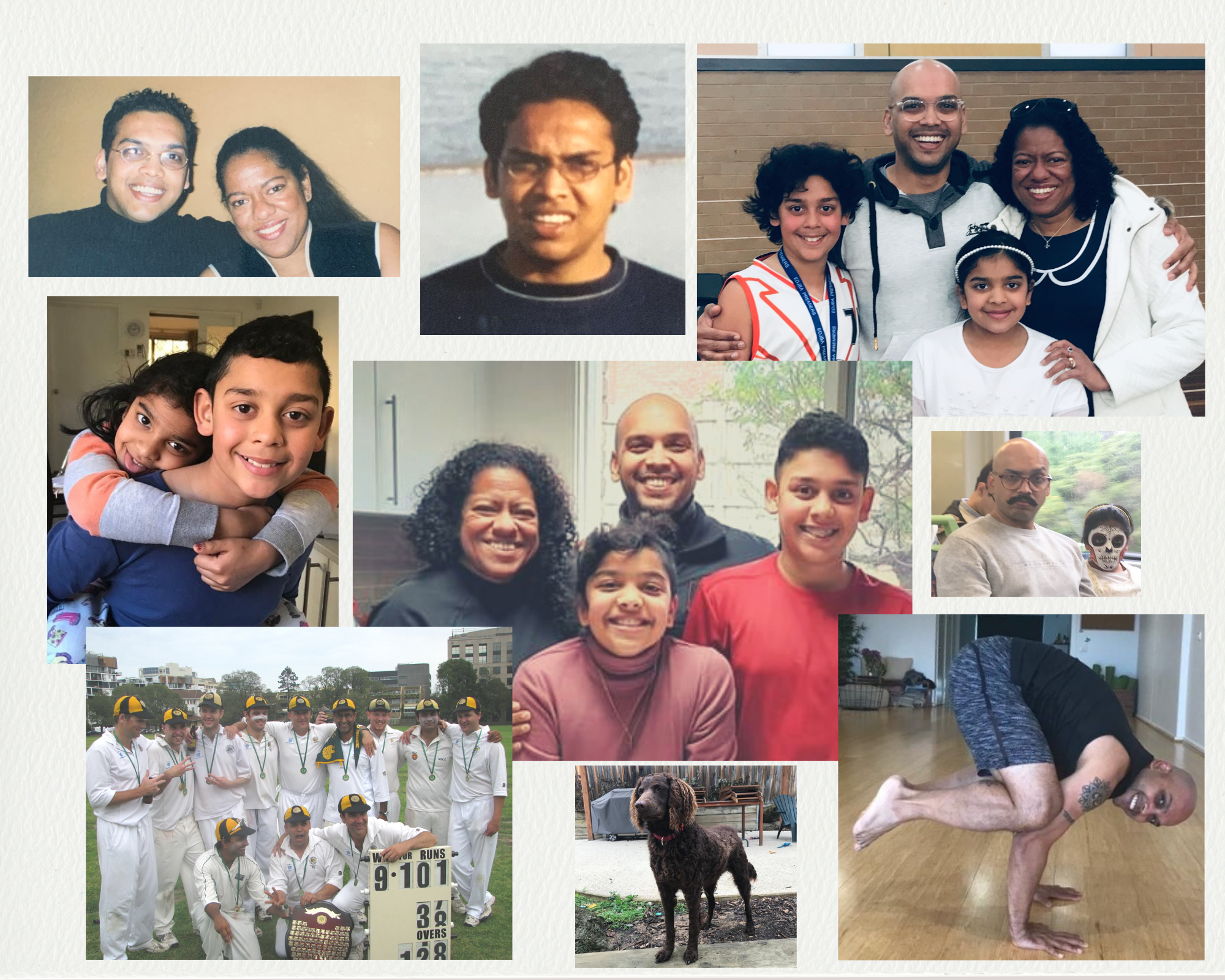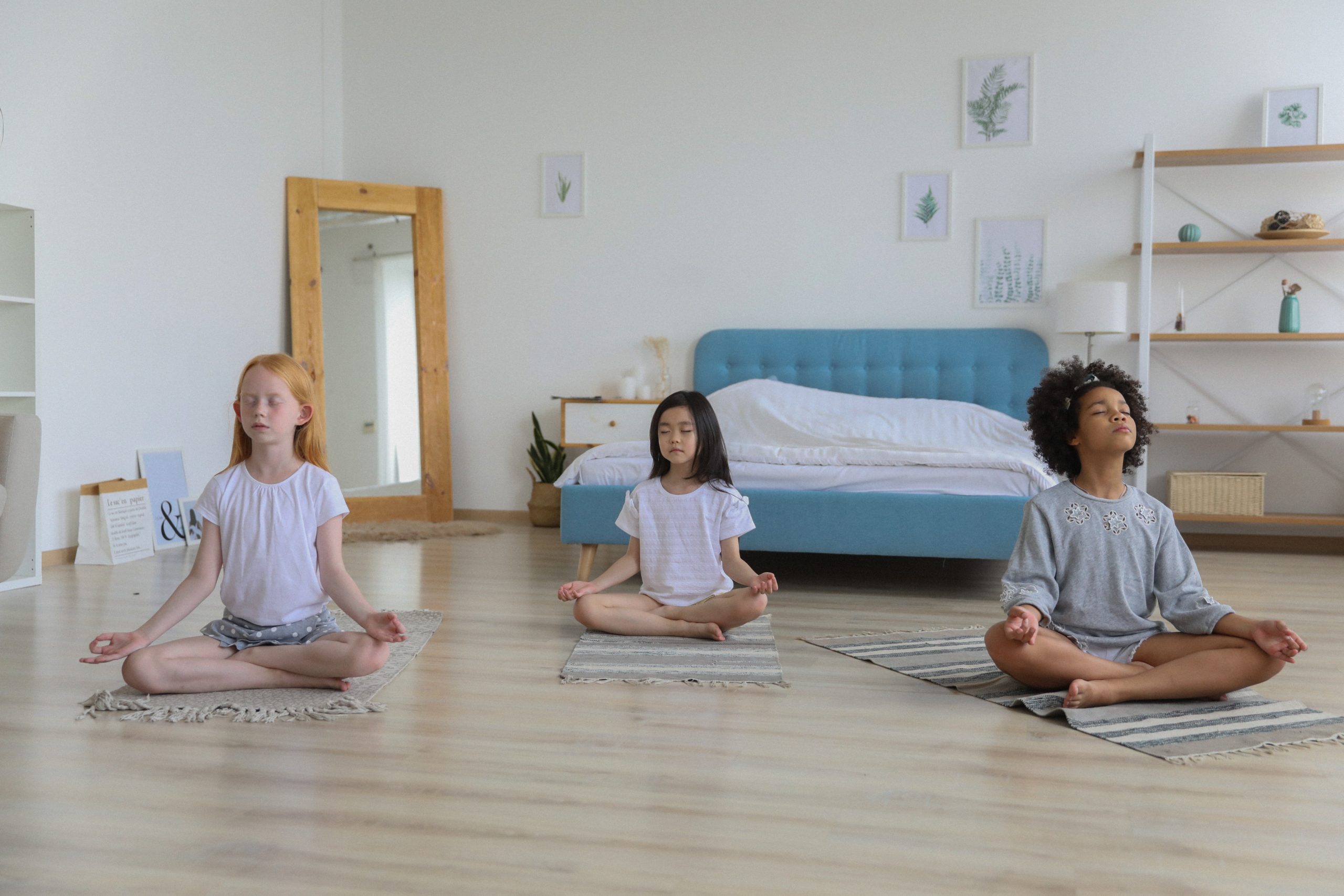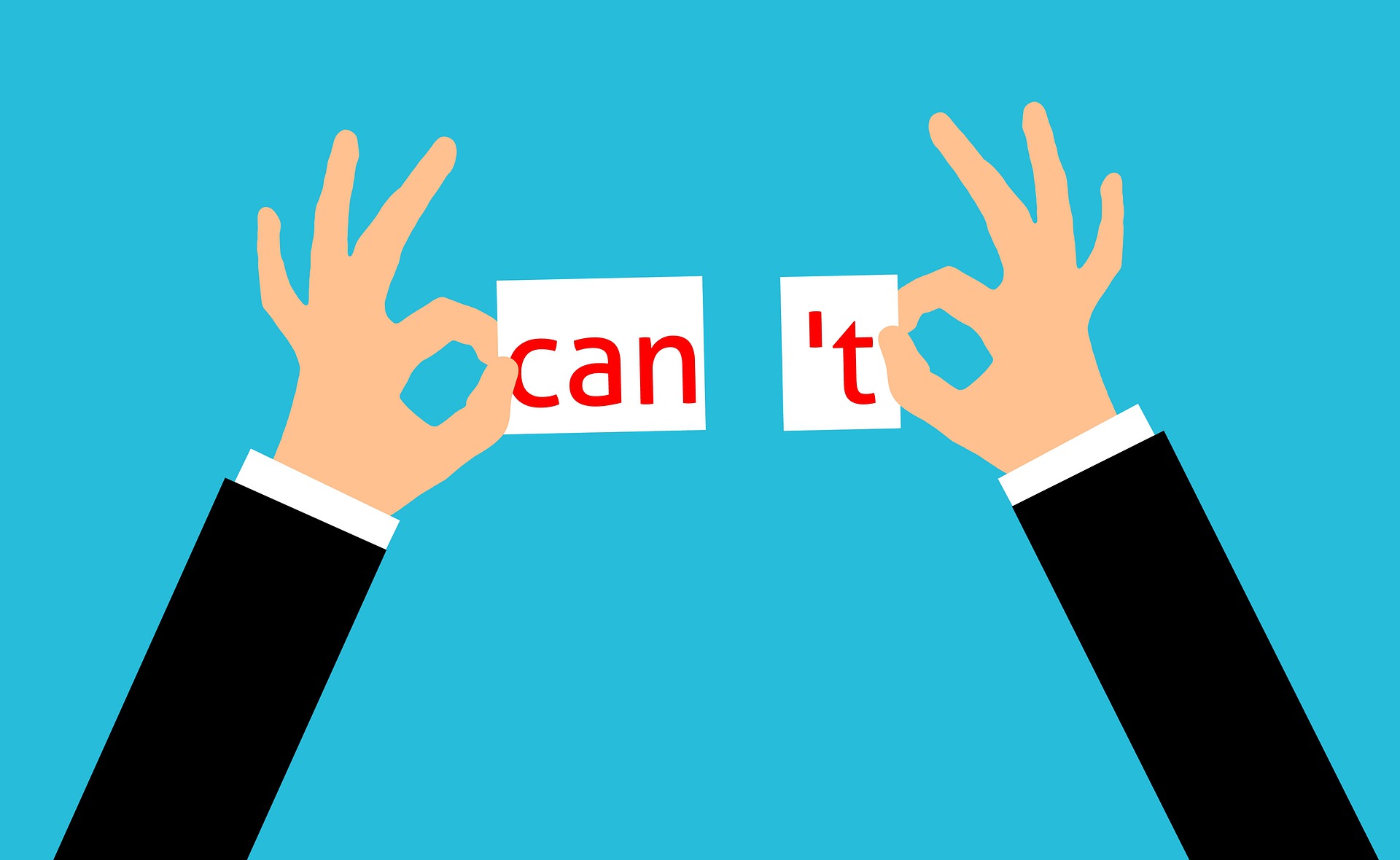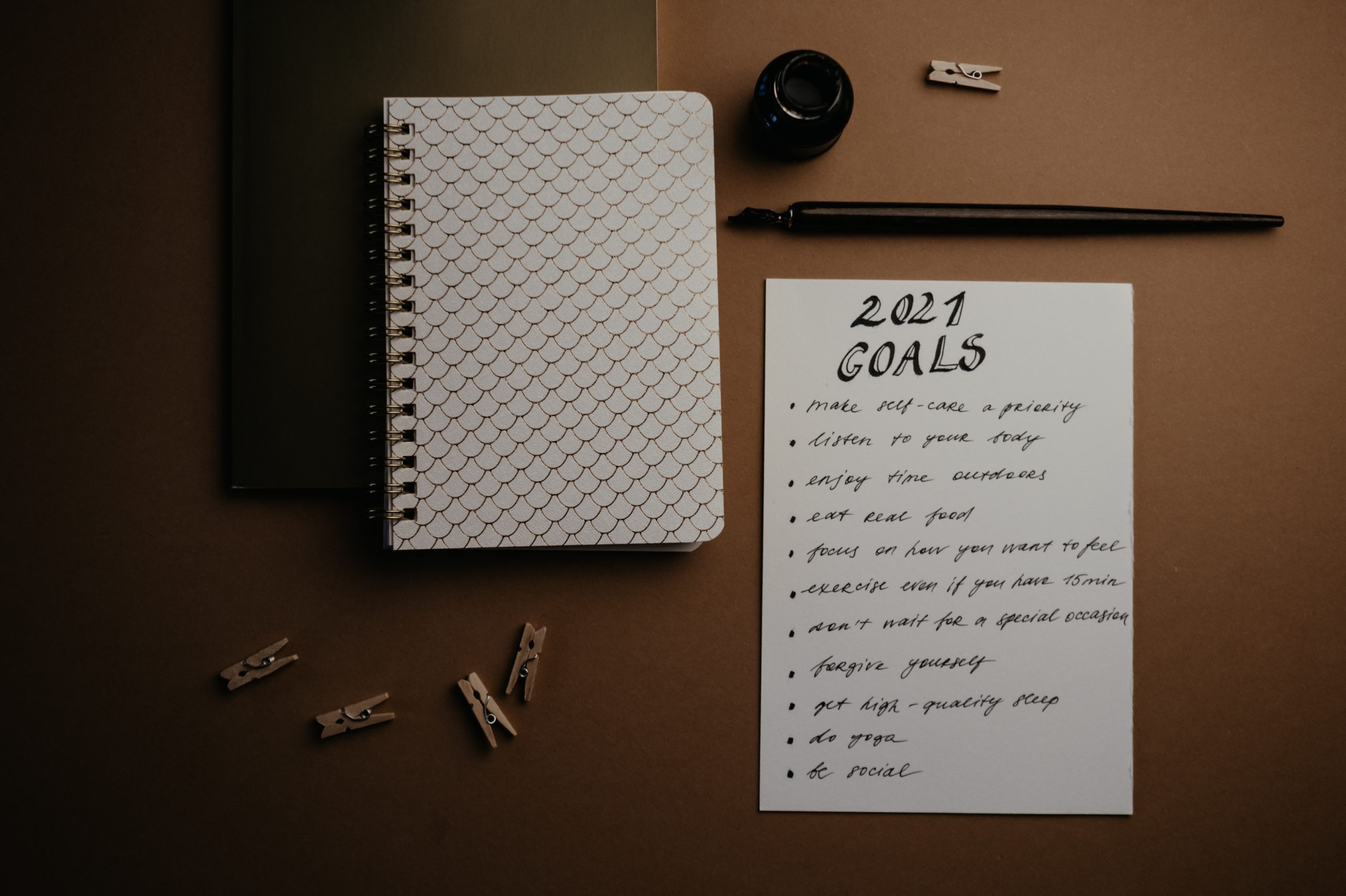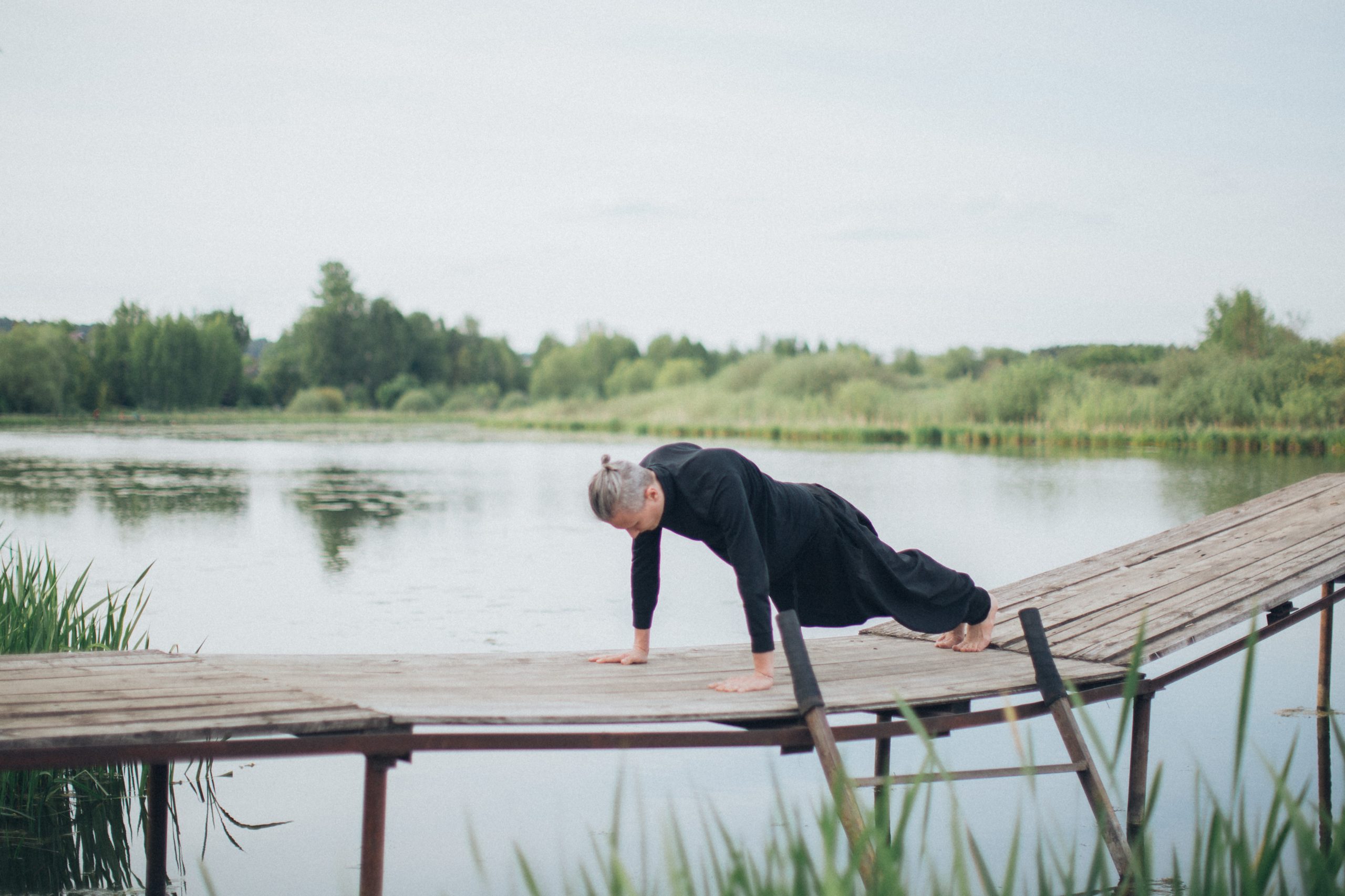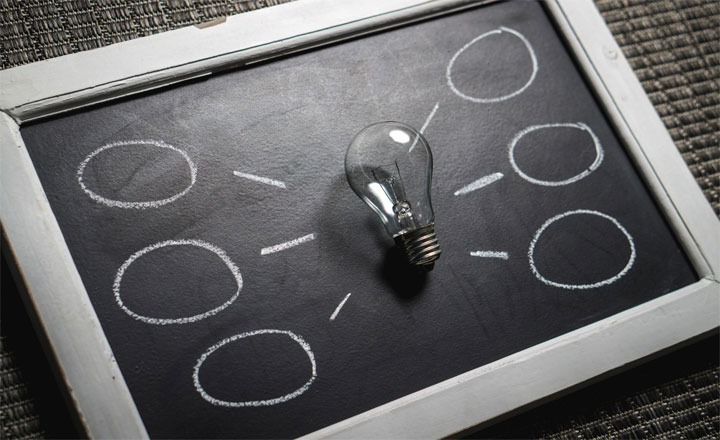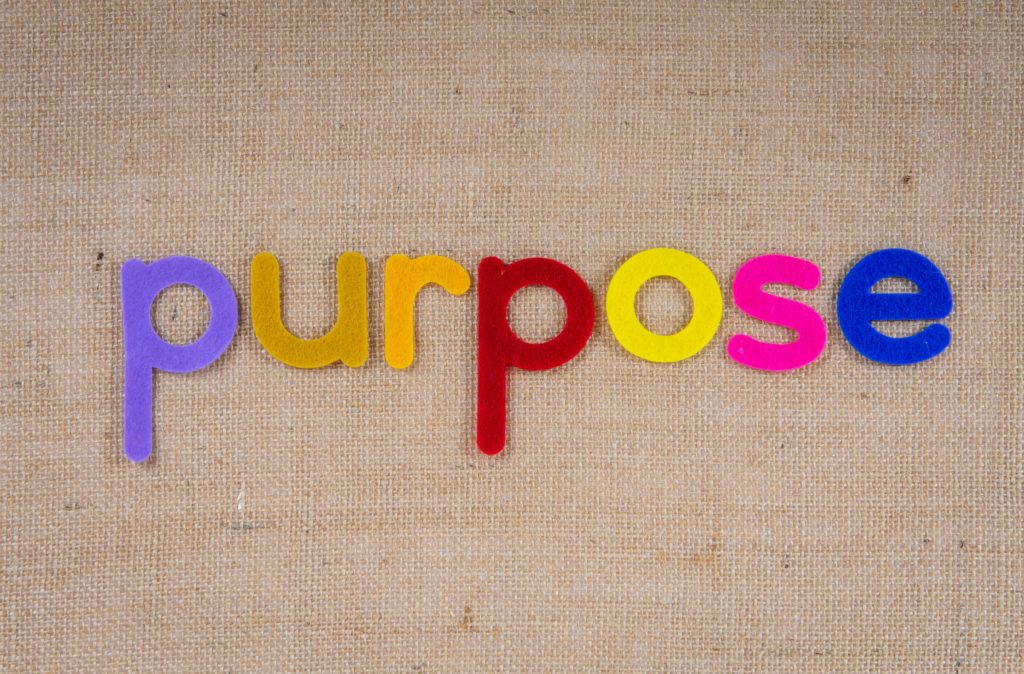
“Those who have a ‘why’ to live, can bear with almost any ‘how’.” – Friedrich Nietzsche
“2020 is going to be my year.” This is what I said to myself on the 5th of January as I landed back in Australia from my last overseas holiday. In the 3 weeks prior, I had spent a lot of time with a Buddhist monk unpacking my existential crisis and emotional pain. Towards the end of our last catch-up, Swami Seelawansa paused mid-sentence, looked far away into the distance, and said, “you have your insight”. I was a little bit surprised as I was still talking and before that he had never interrupted me. I lost my chain of thought and instead my response was, “can you please tell me what my insight is?”. He smiled and said that by the time I land in Australia, I will know what to do. I walked away after our last meeting thinking that I am just as confused as I was at our first meeting.
By the time I landed in Australia, I had made up my mind to quit the corporate world and bring forward my retirement plan of being a full-time yoga and mindfulness teacher. 2020 had a nice ring to it and felt like a great time to change careers. So, I set about calling yoga studios and commenced mentoring at Australian Yoga Academy. I received positive feedback about my teaching style and my teaching hours started to increase. Little did I know that a once in a lifetime pandemic was waiting just around the corner.
As we all know now, WHO declared the COVID outbreak a pandemic in March 2020 and our first lockdown in Melbourne followed not long after that. Like many other businesses, yoga studios pivoted towards teaching online. Unfortunately, the studio where I was teaching most of my hours did not survive the first round of lockdowns. I taught my last online class for the studio on 22nd June 2020. At the end of the class as I was beginning to say my goodbyes, Linda suggested that the online classes did not need to end. That’s when everyone else joined in and suggested that it is probably best to continue our online arrangement until things settle down and start to re-open in the future.
Like most of the world I had never taught yoga online for a prolonged period and was concerned that without being in the same room I may end up injuring them with incorrect instructions. I was also very new to yoga teaching and lacked confidence. Fortunately, they are all experienced yogis. At that stage, Linda, Isabelle, and Liz had been practicing yoga for more than 3 years, Rebecca and Julie for just over a year and Sandy for more than 50 years! Catherine was the last member of our community to join. Although Catherine was new to yoga she has taken to yoga like a duck to water.
Sense of Community
When you start a new career and it all gets taken away from you due to things outside your control, the mind can start playing tricks and come with all sorts of negative scenarios. Being locked up inside your home for days on end can decimate the sense of community and belonging that we feel through our vocation. Teaching yoga to this special group twice a week gave me a sense of purpose. I woke up with excitement every Tuesday and Friday morning knowing that there is a yoga class to teach. We have all found our little online community to be special. We collectively understood that we were not alone in experiencing similar frustrations and concerns for our health and future. Also, when we saw each other on Zoom, it helped stave off the isolation. When it seemed that the worst was behind us in November 2020 and that the economy was going to begin re-opening our group suggested that we continue online for the foreseeable future as we all found it very convenient. We could connect and practice yoga together without having to leave the comfort of our own home.
Benefits of Yoga
One of the main things that I have learned from our community is that we all have our unique yoga journeys and derive various benefits from our practice. Linda and Julie are both runners, so they find that the yoga practice helps them stay fit and healthy and keeps their body strong and toned. Sandy finds contentment from her mat, yoga for her brings about an attitude of learning and inquisitiveness. Rebecca has found joy in experiencing progress in her own personal practice and the sensations that arise in our body when we practice yoga. Catherine, Liz, and Isabelle have experienced that yoga benefits not just body but the mind as well. And herein lies the beauty of yoga. It is not a one size fits all practice. Whilst the physical benefits vary from person to person, the mental benefits of yoga are a common experience i.e., the ability to practice being in the moment, let go of the past and not feel anxious about the future. We all found that this was one of the best ways to calm our mind during the pandemic.
Self-Care
Self-care refers to the restorative practices that we do daily to look after ourselves. The billion-dollar wellness industry will have you believe that self-care means a spa day, or a pedicure or other expensive indulgences. And yes, they are all good for us. However, we don’t need these expensive indulgences to look after ourselves provided we carve time out in the day to do so intentionally. Members in our community have taught me the importance of self-care practices as they take the time to walk, read, run, do gardening, exercise, meditate, enjoy a bath, eat chocolates, cook, focus on self-improvement and pursue life goals. I have learned from these ladies that is important to look after our own well-being in a way that it nourishes our body and mind. Staying connected with others, our friends and family is also very good for the soul.
Learning & Development
Nowadays when I teach yoga in studios, a lot of my students remark that my instructions are very clear. This is mainly due to teaching our community online over an extended period. I do not have the luxury to observe students as they transition from one posture to another. I am far away from the screen, demonstrating and speaking at the same time. Our group regularly gives me feedback on what I am doing well and what can be done better. It is through this feedback that I was able to develop a unique yoga class which combines meditation, HIIT exercises, vinyasa yoga, ab-work, and yin yoga. We fit all of this within an hour! I also have a unique teaching style where I like to share philosophy and quotes before, during and after the class. Through the feedback of this group, I have become confident and have grown to back my teaching style. Teaching this group on an ongoing basis gave me the confidence to launch my own YouTube channel. They have all subscribed to my channel and have continued to provide feedback and ideas on how I can make it better.
My Wife and Daughter
This story would be incomplete without mentioning the two most important women in my life. Several times in 2020, I doubted whether it was the right decision to change careers. And my wife has been nothing but supportive. She has always said that this pandemic is not going to last forever and believed that I will always do well once the pandemic is over. Early signs are positive thus far although the pandemic is not over yet! With the pandemic came home schooling. When I was working in corporate, my relationship with my daughter wasn’t that great. With me not been able to work, I took it upon myself to supervise the home schooling for our kids. Whilst our son was able to do most of it on his own, I worked closely with our daughter. Her home schooling provided me with a sense of purpose. I ended up spending a lot of quality time with her which gave me an appreciation and understanding of her as a person. I can safely say that our relationship is much better now. She practices yoga with me regularly and we record videos for my YouTube channel together. It brings me great pride and joy to see her metabolise new postures.
Viktor Frankl believed that humans are motivated by something called a “will to meaning”, i.e., the desire to find meaning in life. He opined that life can have meaning even in the most miserable of circumstances and that the motivation for living comes from finding that meaning. With these women in my life, I was able to find meaning and look after my own mental health and wellbeing.
